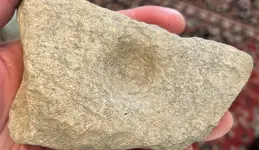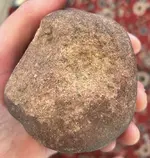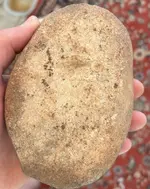I was wanting to know if there was any new updates on the one sided pitted stones. I find hammers with a pit on each face but these are only pitted on one side. 1 schist and 2 dense quartzite. The 2 I found in the same field the schist was a creek find where I found my Gorget made from schist. Any new updates? If you have some you can add yours.
Amazon Forum Fav 👍
Attachments
Upvote
6






